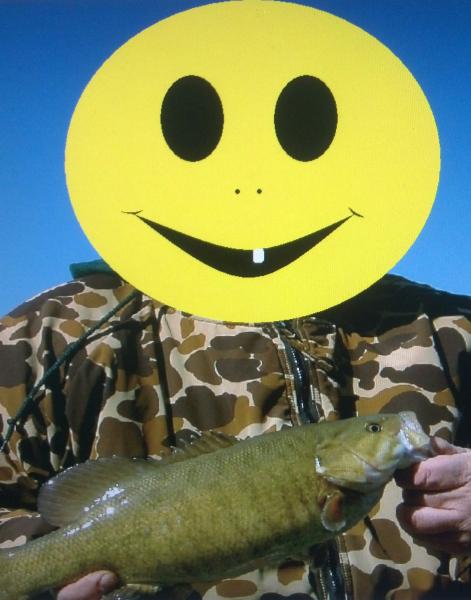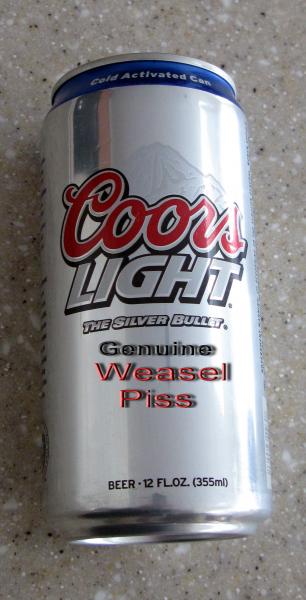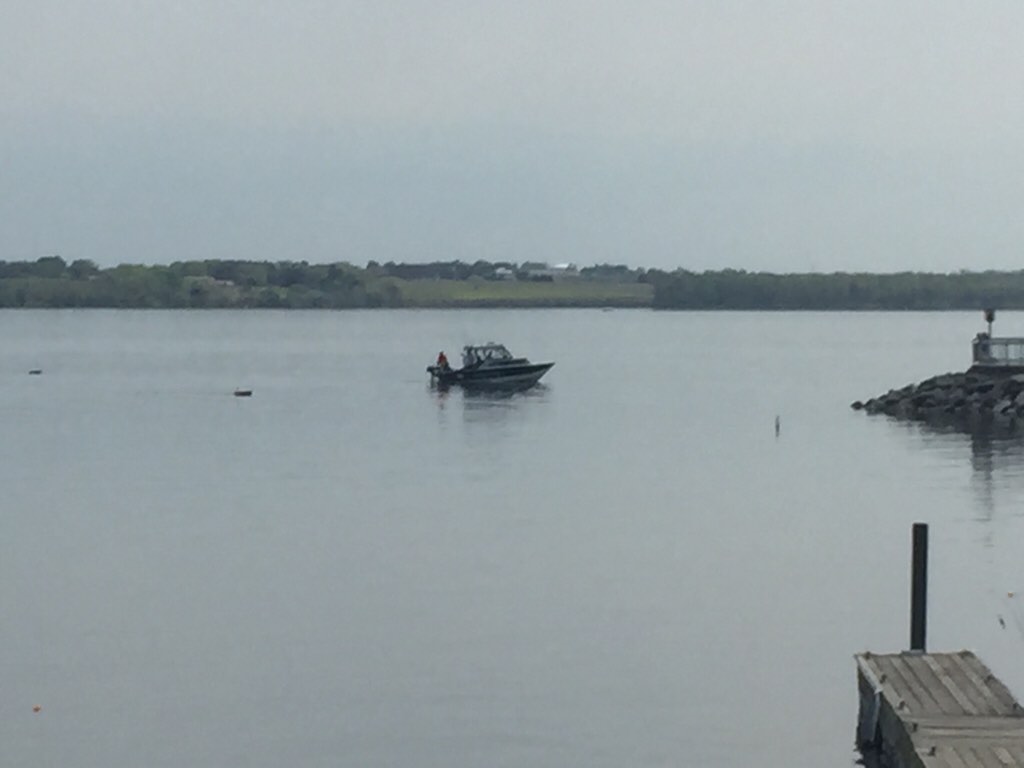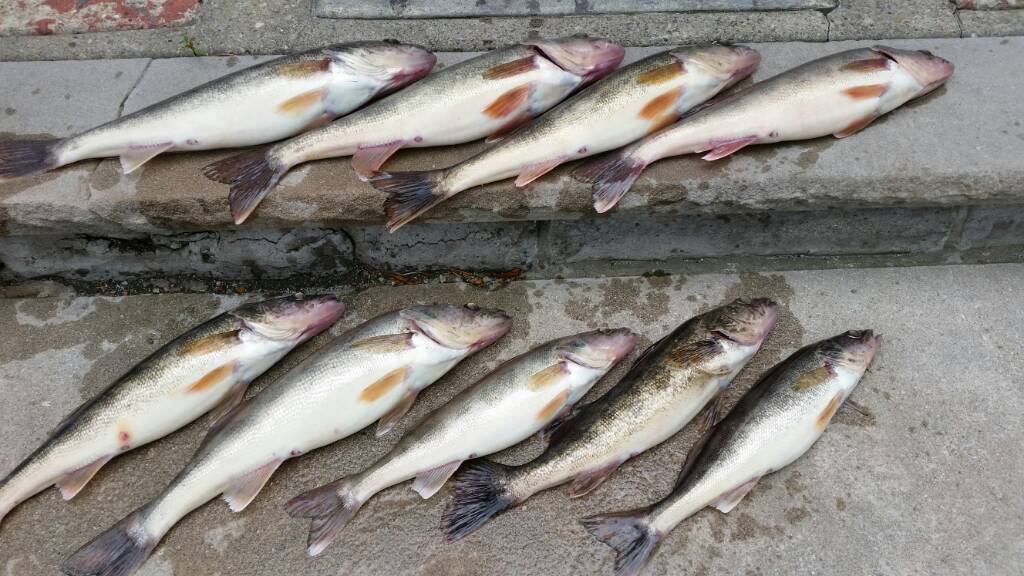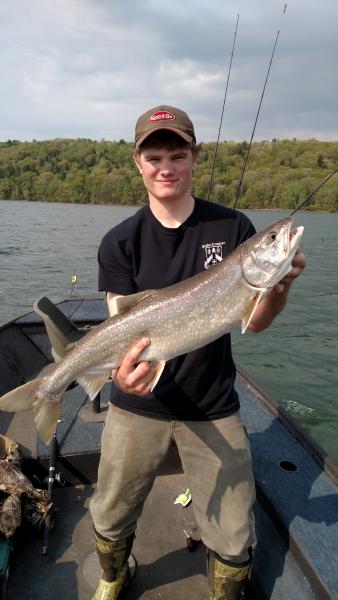-
Posts
13,865 -
Joined
-
Last visited
Everything posted by Sk8man
-
The main reason I've changed over from trebles to Mustad Siwash 3X or 5x stainless singles on my spoons (for many years) is because treble hooks tend to work against each other in the fishes mouth resulting in lost fish...it is VERY seldom I lose fish on singles. Yes you have to carefully match up some of the spoons that are weight sensitive but it is worth it I have also never had one of those stainless hooks bend on a fish....plenty of trebles even the good quality ones.. I leave the trebles alone on sticks because of the weight sensitivity issue and use hardened ones on my home made trolling flies. I have had a couple rainbows and steelies with the hook in the eye but I've also had fish of many species with deep trebles which took too long to extract resulting in lost fish.
-
And that is the right thing to do but do we need to be threatened by the state with fines etc. when a lot more egregious things are happening and are poorly enforced because of thin staffing ? The folks out west laugh at us....things are so over regulated here (e..g. so -called SAFE ACT etc.) and these same legislators are the ones being convicted of major crimes and gross ethical violations....what a joke!
-
Here is the link to the article on board modifications at Blood Run http://www.bloodruntackle.com/planer-board-mods-tips/ Carefully look at the TX44 board modification.
-
Just another "over reach" by New York State and another example of policing the wrong stuff. They don't seem to worry quite as much about people lifting rainbows from the streams at night or increasing the number of DEC conservation officers to make enforcing the existing laws more of a reality,,,,make it look as though you are doing something valuable and get peoples attention so they won't pay attention to the incompetence of administrators and appease King Andrew in the process....great state we've become.
-
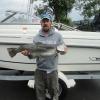
Needing some friendly advise about trolling
Sk8man replied to fatboyjack1's topic in Questions About Trout & Salmon Trolling?
-
-
I think it another of the many personal preference issues more than anything else...it still boils down to what you feel confident in and whatever works for you that you feel you can trust and therefore folks feel strongly one way or the other....kinda like religion or politics.... strong points of view but not necessarily the ONLY way to do it and have it work for you.
-
Nice report Martin Its kinda like the old real estate saying: "location, location, location" Seneca isn't always the easiest lake to figure out and it pays to experiment and patience goes a long way while navigating the learning curve I can relate to the inexperienced folks in the boat....my wife and daughter used to go with me during the trout derby (you'll notice I didn't say "fished with me"). They read books and the newspaper and offered encouraging comments like "What is that noise"? when the drag is screaming out and the rod jumping up and down in the back of the boat while I was in the front messing with the boards or outriggers. and stuff like "Dad is it always this boring" while trolling and not having action for a half hour? After I lost it a few times they stopped going with me for some strange reason which is still hard to understand....
-

Needing some friendly advise about trolling
Sk8man replied to fatboyjack1's topic in Questions About Trout & Salmon Trolling?
-

Needing some friendly advise about trolling
Sk8man replied to fatboyjack1's topic in Questions About Trout & Salmon Trolling?
Whatever swivels you use make sure they are SOLID RING not split ring. Some real good advice has been given and it'll help to keep the transitional nature of June (usually) in mind as mentioned above because it can be frustrating after hearing of monster browns and some kings being caught previous to that as happens and most of us keep our expectations in check these days in June -
You don't need the "kit" I've used crimps for many many years successfully with wire. What may have happened is either you may have crimped improperly (allowing the wire to work back and forth or too tightly allowing it to sever at the end) or if you used a Sampo with a split ring they will often cut line or wire with any significant weight on them if the line or wire slips into the groove of the ring. I've had my current connections on two wire rigs for at least 5 years through many kings and other fish without problem and I run large heavier divers too. a) Make sure you are using the proper diameter crimp for the wire you are using b) Use a good quality SOLID RING swivel snap c) when you crimp the wire make sure you crimp it snugly in two places on the crimp toward but not exactly at the ends of the crimp. You want the ends of the crimp to be pretty well closed on the wire but not totally because you don't want the edge of the crimp to work back and forth on it. In the past when using very thin wire I put a drop of Instant Glue in the hole of the crimp and then I crimped it - not necessary with the 30 lb and above stuff though. d) After you get the crimp the way you want it you can use a small amount of CLEAR hot glue on the entire crimp and the lead up to the loop of the swivel. That will keep the crimp from moving back and forth on the wire and potentially severing it and also allow you to see through the glue to monitor the condition of the wire.
-
-
50 lb works pretty good
-
We'll be squeezing for her Sean....truly incredible opportunity.
-
I think I'd try running a can of Sea Foam through it before changing out anything.....possibly a residue issue. Maybe it is running too lean on the fuel?
-
X 2 on DVD's post and before fleas I used 12 lb all the time and even with 30 lb plus kings on the other end without break-offs.
-
Sean covered it real well and adding snap on weight is something I also do rather than extend the length of copper I use (200 and 300). I used the big boards for quite sometime and switched to outriggers years ago to keep the traffic away from my boat. Now I run TX 44's and Walleye Boards most of the time. They are fun to use and productive once you get the hang of them. One of the things I did with them was to replace the plastic pins with metal ones (Calumet Marine online) which alleviates the problem of the braid wearing them and cutting through them eventually. I always place the line in the furthest back position of the jaw on the releases and have the releases tightened down about as far as they go so they don't actually release and I bring the boards in and take them off manually on the way in fish or no fish rather than let the line release in them and have them slide down to the swivel on the back pin. Having the line very tight in the release also keeps the braid from wearing the release jaw itself too.
-
-
You're right about the fishing Kev. I took one of my biggest Seneca rainbows right off the old pier (10 lbs 6 oz weighed at Harmon's Sport Shop) in my junior year of high school on a spinning rod with 6 lb test line (no net) and a red and white daredevil....even after all these years I remember it as though it was yesterday
-
-

Depth to put my spoons
Sk8man replied to Chinook Chaser's topic in Questions About Trout & Salmon Trolling?
Another good idea about going on your boat with someone with a lot of experience .....wantmorefish - you have the right attitude my notebooks have payed off big time over the years -

Depth to put my spoons
Sk8man replied to Chinook Chaser's topic in Questions About Trout & Salmon Trolling?
One of the things that occurs to me is the fact that sometimes folks are looking for "instant answers" here rather than fully doing their "homework" by researching past posts on here and trying out the things experimentally on the water themselves, finding what works and what doesn't. Many of the guys on here have spent much if not most of their lives gathering this experience and information (at their own expense) and graciously offer much of that information to others but it is assumed that people will also think and do for themselves rather than being "spoon fed" information in bulleted form because someone is too reluctant to put in the minimal effort to become more informed by sifting through existing information. Paul's suggestion of an on the water "seminar" is absolutely the best way to learn this stuff and he is a very credible person to conduct it. Many folks often chip in money/split costs to go on charters when they can't afford the whole shot themselves. It is far more advantageous than buying a bunch of rods and reels and lures and cruising around trying to figure out what you are doing. Going out once and then assuming your results indicate that you suck at fishing and worrying about down temp or speed when you don't have the basic essentials down isn't fair to yourself either. You'll get it down and start catching but patience is also very much required in this game and a lot of times success out there may be totally outside your control (i.e Mother nature). Stick with it and best of luck to you. -
Don't feel like the Lone Ranger Mike I was skunked the last two times out which is also pretty rare but it seems that most years right before the derby things are dead and the fish are nowhere to be seen and then all of a sudden things pop and they appear out of nowhere. I still haven't figured it out aside from seeing the deep ones near bait during that period.
-


